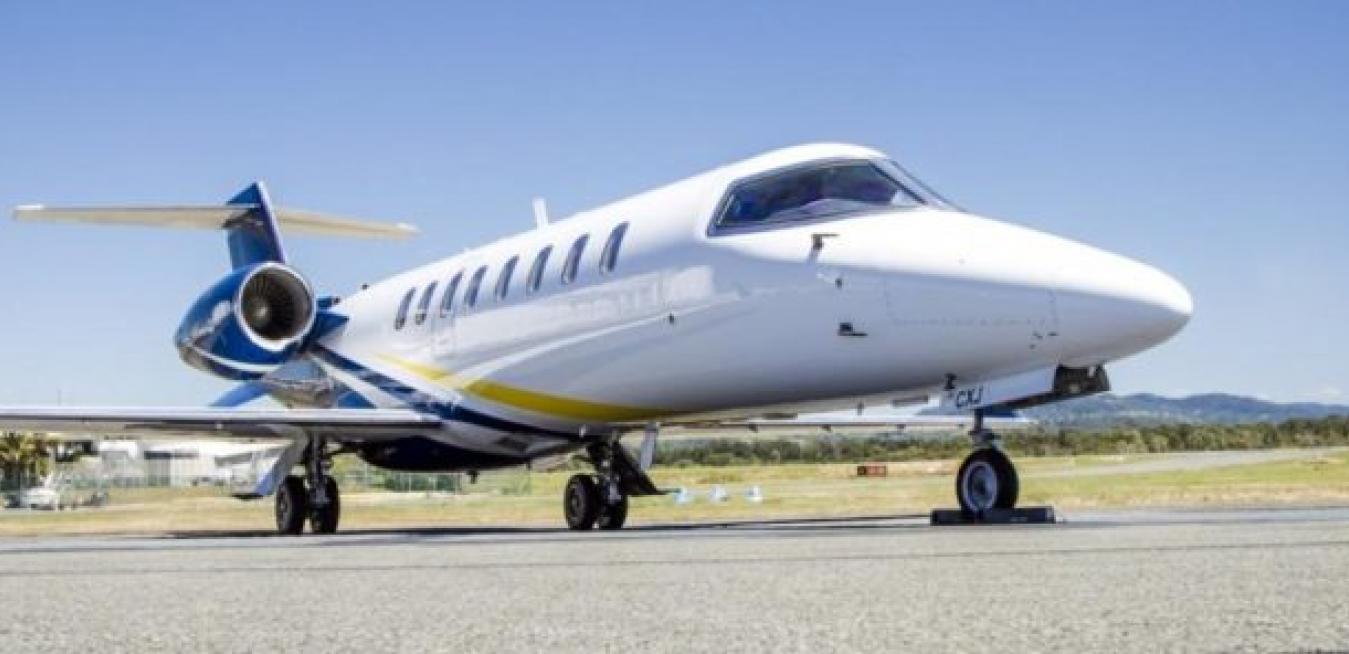“The question we have in this context, the one we really want an answer to right now,” says Garner describing a hypothetical roadside crash scene with one victim trapped in a car, “is are their lungs up, and do I need to make a hole in their chest? With the Vscan’s high-frequency linear probe you can instantly, within two seconds, go, ‘Well that lung’s normal. This lung’s normal. That’s not the cause of their low blood pressure or their hypoxia.’”






